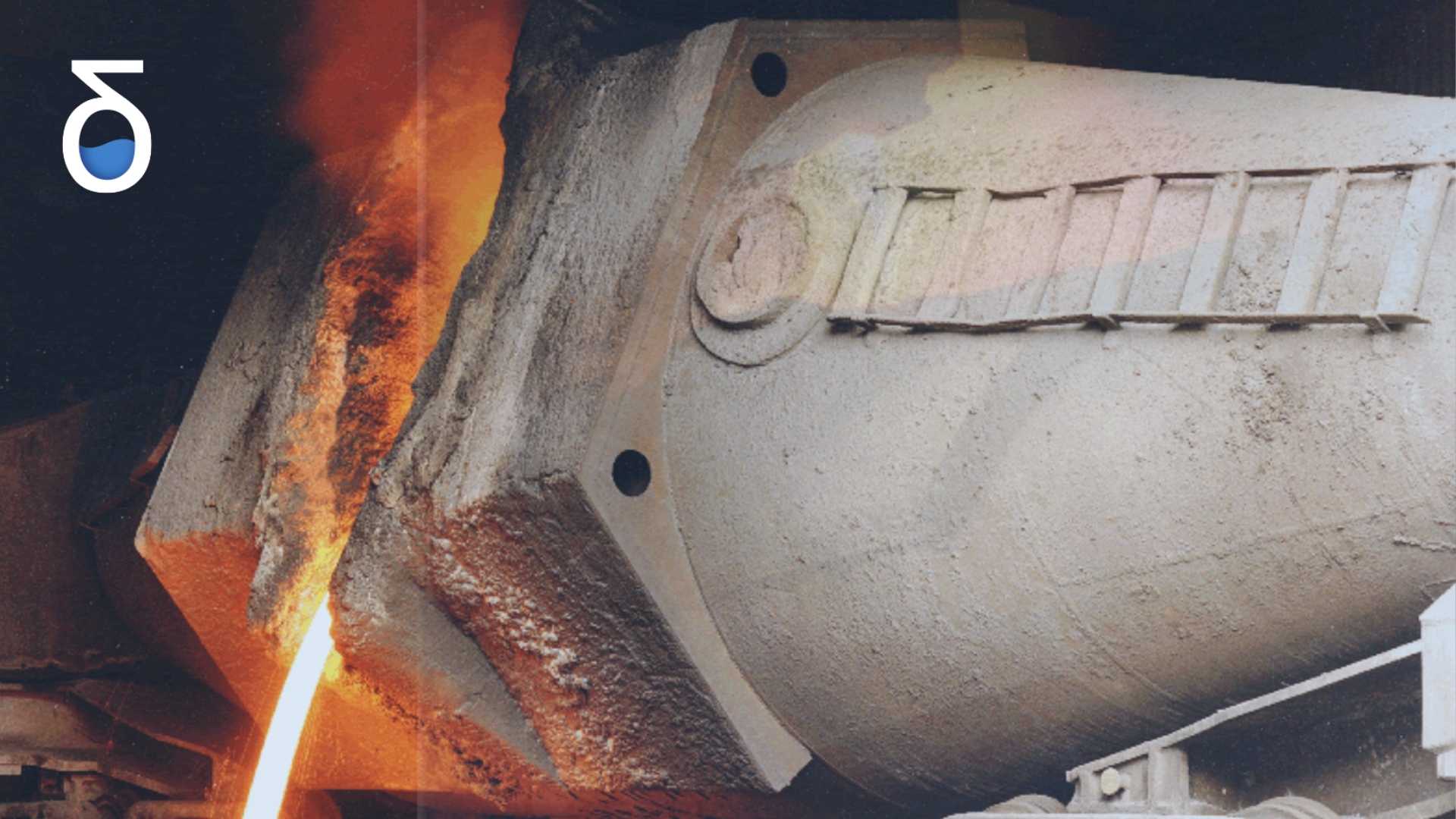Desulfurization strategy in an integrated steel plant

It may be odd to explain to a non-metallurgist the need for a desulfurization strategy in an integrated steel plant. After all, steel is mainly composed of iron and by a tiny proportion partitioned into several other elements. Some of them, mainly phosphorus, carbon and sulfur, require particular attention as they have a huge impact on the steel properties and applications. That is why there are strict specifications for every steel grade to guarantee their characteristics. Within those elements, sulfur is the most interesting to look into. Let's find out why.
Well, the first reason is economic. Due to its impact on the steel, the price of a steel grade is usually inversely proportional to its sulfur content. As the proportion increases the price decreases, which implies a lower revenue stream. On the other hand, the exact same logic stands for the procurement of raw materials, like coking coals, which are the main source of sulfur in integrated steel plants (based on a Blast Furnace - Basic Oxygen Furnace route). In general, materials with high sulfur content are cheaper than others. From a material cost perspective, the temptation is hence very high. But this decision should also consider the negative impact on the global production chain.
The second reason is environmental. One of the main pollutants generated in the steelmaking process is the SO2 gas, which is known to cause acid rain and to damage human health. That compound originates from the combustion of the gases, mainly the coke oven gas (COG). Therefore, every process that uses COG as a source of energy or that naturally produces gases (e.g. the off-gas at the sinter plant) must comply with environmental restrictions imposed by regulators.
The next reason is operational. The sulfur extracted from the material as sulfur dioxide corrodes the pipes, which eventually translates to cost increase. Also, many process decisions, like slag basicity and temperature, affect the desulfurization rates and related chemical equilibria. All those decisions have a cost (e.g. fluxes) or are limited by the process time (e.g. hot metal desulfurization), and are part of the so-called desulfurization strategy of the plant.
The following table shows, in detail, all the expected trade-offs and challenges regarding sulfur in an integrated steel plant.
With so many operational possibilities and economic impacts throughout the integrated plant, it is imperative that the departments coordinate efforts. However, it is very common to have long-term chemical specifications for each intermediate product (coke, hot metal, etc). And it is very challenging to dynamically update said standards as market and procedural conditions change.
In the end, the hardest part of defining the desulfurization strategy is balancing those three aspects. A decision that may look operationally bad for a certain process may economically pay-off for another one way ahead in the production line. Management can only be sure of their strategy if they use integrated models capable of evaluating every decision regarding raw material procurement and process operation. If you are interested in this subject, check out this article published in METEC 2019 and ABM Week 2019, written by the Cassotis consulting team.
Emmanuel Marchal - Managing Partner at Cassotis Consulting
Guilherme Martino - Senior Consultant at Cassotis Consulting